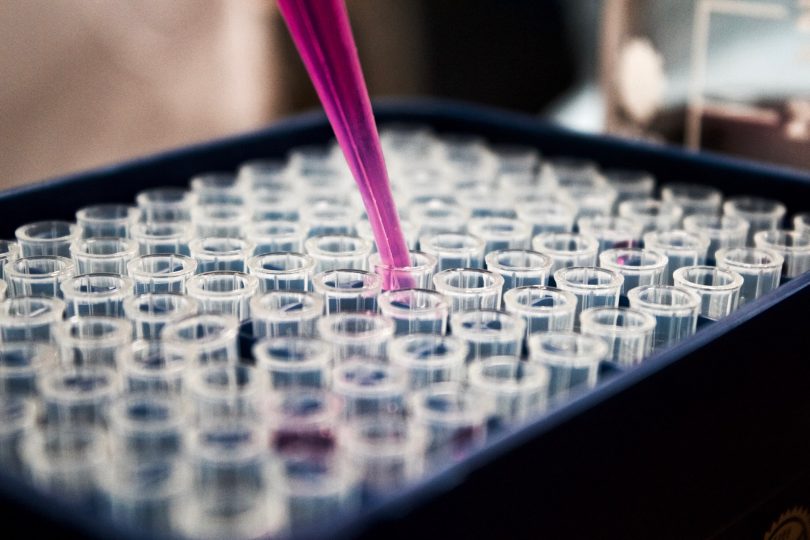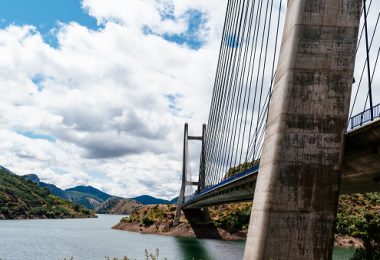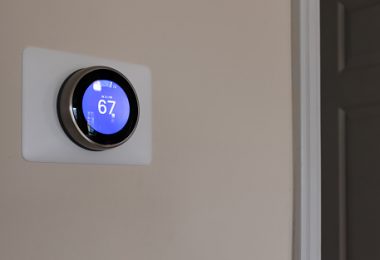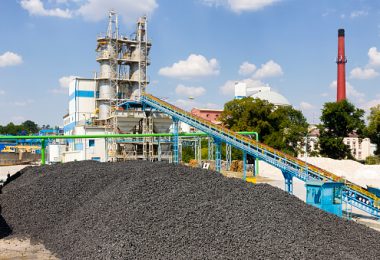We live in a world where almost everything can be operated and controlled automatically, but there are certain areas in which automation is not implemented yet. One such sector is agriculture. Talking about agriculture, it is amongst the primary occupations of humans where manual involvement is unavoidable. Farmers have used traditional methods for growing crops for centuries. But at times it becomes necessary to automate systems for better management of farming processes as well.
With a greenhouse, growers can provide favorable environmental conditions to plants for optimal growth. Greenhouses are more in practice for growing crops these days due to urbanization and lack of land availability. Hence, it has become an important part of the agriculture industry.
As greenhouses are designed to provide controlled climatic conditions, it is necessary to monitor, control and maintain the parameters that are essential for plant growth. Since outside environmental conditions are not steady, it becomes necessary to modify the inside environmental conditions to adjust to the outside changes to achieve higher crop yield at minimum costs.
A greenhouse environment monitoring system helps you to monitor and control various parameters like temperature, humidity, light, irrigation, pH level, soil moisture, carbon dioxide (CO2), etc. in a greenhouse.
Temperature
Temperature is one of the most important factors responsible for the growth of plants. The temperature required for appropriate growth differs from plant to plant. Some plants require high temperatures to grow properly, whereas some need low. Hence, it is important to maintain the required temperature for every type of plant.
Apart from the fluctuations in outside temperature, varying greenhouse temperatures must be maintained. Plants breathe CO2 and release oxygen (O2) and produce heat in this process that builds up if not maintained. This supports the growth of crops that require a great amount of heat when the outside temperature lowers down. But for the plants that do not require so much heat to grow, it can cause damage and lead to plant diseases. Hence it becomes necessary to regulate this heat in your greenhouse.
A greenhouse monitoring solution sends you triggers in case the temperature fluctuates and enables you to provide the ideal temperature for your crops, fruits, veggies, and flowers.
Innovative heating systems for greenhouses
In a climate-controlled greenhouse project, heating is used to provide optimal temperatures for crop growth and for the management of the humidity in the greenhouse. Heating may be needed throughout the year, not just in winter. So in Netafim climate-controlled greenhouse projects, one of the key factors is finding the most secure, sustainable, and energy-efficient heating solution that will deliver ideal growing conditions. That heating solution could be based on a geothermal source, combined heat, and power, natural gas, or light oil. With our expertise in the use of sustainable energy, our goal is to help you deliver significant energy savings leading to significant savings in operational costs for your greenhouse and farm.
Controlling Temperatures in a Greenhouse
In some parts of the world, where outside temperatures are very cold in the winter or where there’s just not enough sunlight to fully heat the greenhouse, it might not get warm enough to sustain plants, without a bit of help from a gardener. For that reason, many gardeners and large commercial growers need to use an additional heating source to control the temperature inside a greenhouse. In the summer, it’s a different story, especially in warmer areas. Since white helps reflect light and prevent heat absorption, greenhouse gardeners in hot places often paint greenhouse roofs white in the summer, removing the paint in the winter. A more cost-effective option is to use a white curtain or shade panel to block the sunlight in the summer.
Covering Materials
Greenhouse coverings must be clear enough to provide optimum light transmission and at the same time be durable as well as economical. Several materials have been developed to meet these needs on a commercial basis. Glass provides the best light transmission for greenhouse production. However, the structural components required to support glass are costly. Also, the initial investment, as well as the necessary maintenance, has restricted the use of glasshouses by Texas producers.
Fiberglass is another covering material that is frequently used in commercial greenhouses. Fiberglass is ridged, extremely durable, and does not require the extensive structural components of a glasshouse. Unfortunately, fiberglass is very susceptible to break down by ultraviolet (UV) light. This causes the fibers to swell resulting in a significant decrease in light transmission. The life span of fiberglass can be as short as five years under certain conditions. Double sheets of polyethylene (PE) film, inflated with air, is the most common covering on commercial greenhouses in Texas. PE is not rigid but will provide the support necessary for normal operation. Most currently available PE film will last for approximately two years before it needs to be replaced. Although this frequent maintenance is costly, the reduced initial investment required, as well as the limited structural components needed to support this covering, has made PE most economical for producers. Several new polycarbonate and acrylic materials are now made for greenhouse coverings. However, at this time there is not enough information available to determine whether they will “outperform” currently used materials.
Cutting-edge climate management system
Our cutting-edge climate systems deliver precision growing conditions in any climatic condition around the globe. We combine our own in-house systems with those of leading industry partners to deliver all you need for a climate-controlled greenhouse, whatever the crop. Optimal growing ambient factors are carefully managed through cutting-edge climate controllers, sensors, weather stations, user-friendly software, and – most importantly – the biggest training and technical support team in the industry.






